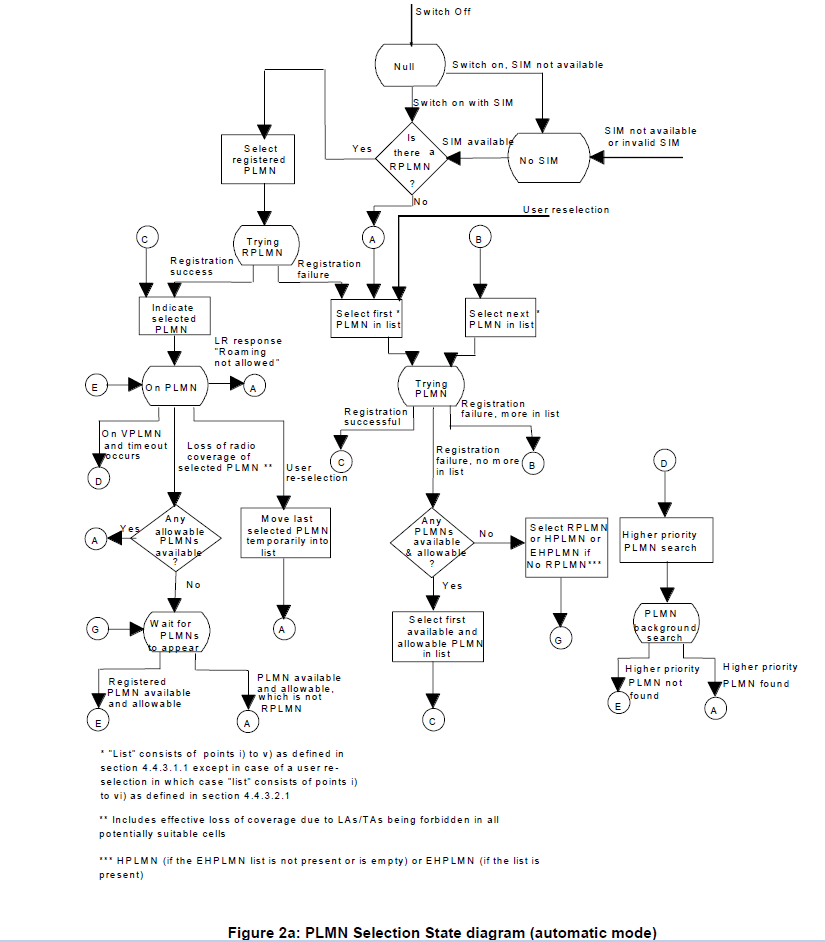Modem Network Selection
How 3GPP protocol influences your IoT SIM.
Standard modems are not optimized for multi network IOT SIM card’s. When you put your multi network data SIM card into a router, smartphone, tablet or dongle it is the modem which will select which mobile networks to connect to using what is known as 3GPP protocol 23122*.
This network selection algorithm can be influenced by what is known as a PLMN list which is a preference list of mobile networks the SIM would prefer the modem to connect to. SIM cards with PLMN lists are known as steered SIM’s and programmed to steer to a specific mobile network based on cost. Steered SIM’s only select a new network if there is no signal on the preferred network and this remains the case even if there is better signal from other networks. Steered SIM’s do not therefore provide optimum performance for a multi-network IoT SIM.
KeySIM’s do not have a PLMN list so are known as un-steered multi-network SIM’s.
Even in the absence of a PLMN list the SIM will connect to the mobile network which has the strongest signal between the modem and the local cell tower the first time it is switched on. An important point is that the strongest connection to the local cell tower is not always the network with fastest connection speeds or greatest available bandwidth. We have seen speeds fluctuate from sub 1mps to over 50mbps on the same SIM in the same place and same modem but on different mobile networks. Using standard protocol the modem could lock you onto a sub 1mbps network and grind your IoT project to a halt.
This was a common problem we encountered in the early days and incredibly frustrating. That is when our team got to work and developed our network steerer which puts network selection in your control. With a click of a mouse you can update the mobile network on your KeySIM from anywhere in the world and watch it connect to your selected network on your KeyOnline portal.


